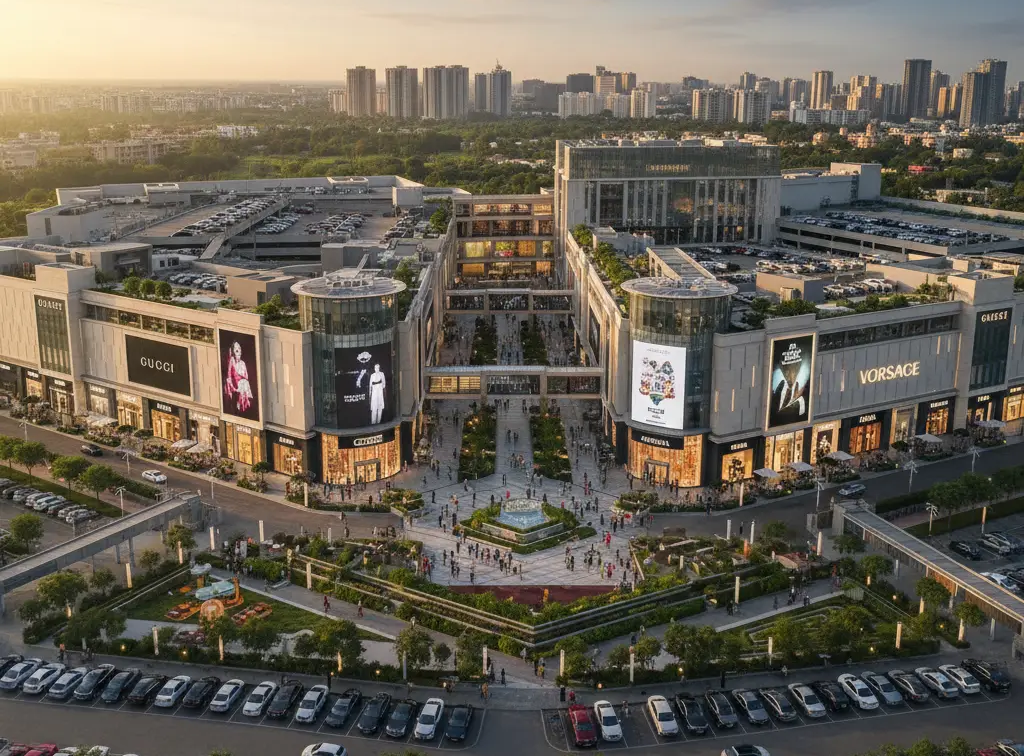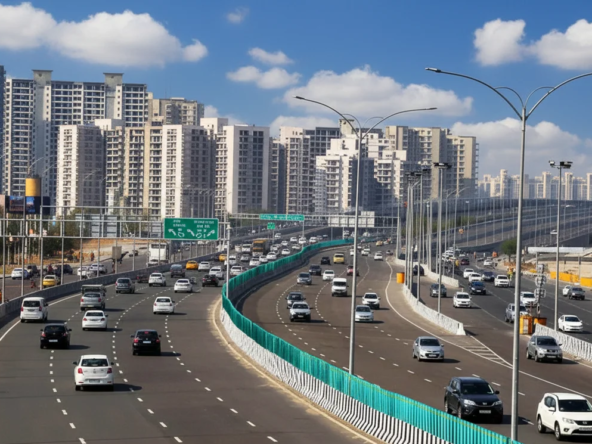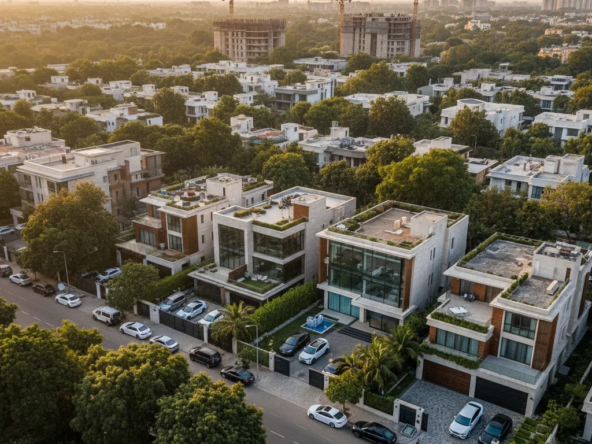India’s Retail REIT Market to Soar to ₹80,000 Crore by 2030
India’s retail real estate is entering an exciting new era. With Grade A malls maturing fast and investors showing strong confidence, the retail REIT (Real Estate Investment Trust) market is expected to reach an impressive ₹60,000–80,000 crore by 2030. This marks a major shift from office-centric investments toward the booming retail segment a clear sign that India’s consumption story is only getting stronger.
The Rise of Retail REITs in India
For years, most Indian REITs were dominated by office spaces. Out of the five listed REITs in the country, four focus entirely on offices. However, the success of Nexus Select Trust, India’s first retail-focused REIT, has sparked a new wave of interest among investors and developers.
Experts now predict that 2–3 more retail REITs could hit the market in the next five years. These will likely be backed by top developers who already own stable, income-generating malls across key urban centers. The growing appetite for high-quality retail assets is opening fresh opportunities for institutional investors, both domestic and global.
Why Retail REITs Are Gaining Ground
The momentum behind retail REITs comes from several converging trends.
First, India’s consumption power is expanding rapidly, especially beyond metros. Second, Grade A malls have become more than shopping spaces they’re now social and entertainment hubs that attract families, youth, and tourists alike. And third, the institutionalisation of retail real estate is helping investors see malls as stable, long-term yield-generating assets rather than risky ventures.
In short, retail spaces are no longer just about brands and stores they’re lifestyle destinations.
Tier-II Cities: The New Growth Frontiers
Beyond the big metros, India’s tier-II cities are turning into the next retail battleground. Places like Indore, Surat, Bhubaneswar, Coimbatore, and Chandigarh are now witnessing a surge in mall development and investor attention.
Developers such as Phoenix Mills, Prestige Estates, and Nexus Malls are expanding aggressively in these smaller yet high-income cities. Each new project typically spans 1–1.2 million sq ft, offering a rich mix of shopping, dining, and entertainment. In fact, F&B and lifestyle categories now make up nearly half of new retail spaces a clear sign of evolving urban lifestyles.
Top Players Leading India’s Retail Revolution
India’s organised retail scene is currently dominated by a handful of powerful players who have shaped the landscape with their visionary developments.
- Nexus Malls, backed by Blackstone, leads with 19 malls across 14 cities — including Mumbai, Pune, and Bengaluru covering about 10 million sq ft.
- Phoenix Mills follows closely, managing 12 malls that span nearly 11 million sq ft in major urban hubs like Mumbai, Pune, Bengaluru, and Kolkata.
- DLF, along with its DCCDL joint venture, runs 8 malls across Delhi-NCR, covering approximately 4 million sq ft.
- K Raheja Corp manages 5 malls across the Mumbai Metropolitan Region with 3 million sq ft of leasable area.
- Pacific Group, a rising star, operates 9 malls across Delhi-NCR with similar area coverage.
Together, these developers control a large chunk of India’s organised retail supply and they’re not slowing down anytime soon.
Strong Absorption Signals Solid Demand
The first half of 2025 brought a major boost to India’s mall segment. Around 2.8 million sq ft of new retail space added across the top seven cities a staggering 155% year-on-year rise.
Even more impressive, net absorption hit 2 million sq ft, up 31% compared to last year. The biggest contributors? Apparel and F&B brands together accounting for 55% of all leasing activity.
This surge clearly shows that Indian consumers are spending more and demanding better experiences. Retail developers are responding by curating tenant mixes that focus on quality and variety rather than just quantity.
Retail Is Now Taking Centre Stage
The Indian retail landscape is maturing fast. Over the next five years, the top five mall owners are expect to control 60% of the country’s organised retail stock. And as more retail REITs enter the market, the sector will become even more institutionalised and transparent.
Old malls are also redevelop into mixed-use lifestyle destinations that combines shopping, dining, co-working, and even luxury residences. This integrated approach is making retail real estate not just profitable, but also future-ready.
Expert Insight: Sanjeev Singh, MD, SKJ Landbase

Commenting on this retail REIT boom, Sanjeev Singh, Managing Director of SKJ Landbase, shared his perspective:
“India’s retail real estate is standing at a transformational crossroads. The growing trust in retail REITs shows how investors are recognizing malls as steady, income-generating assets. With rising demand in tier-II cities and strong institutional backing, this segment is to redefine how India shops, socializes, and invests.”
His insight captures the essence of this evolving market one that blends consumer experience with financial innovation.
The Road Ahead
As India’s economy continues to grow and consumer aspirations rise, the retail REIT story is only beginning. Developers are sharpening their strategies, investors are diversifying portfolios, and shoppers are demanding world-class experiences.
By 2030, India’s retail REIT market could easily stand alongside global benchmarks, valued between ₹60,000 and ₹80,000 crore. And with new malls coming up across emerging cities, the country’s retail map is set to look more vibrant, connected, and future-ready than ever before.



